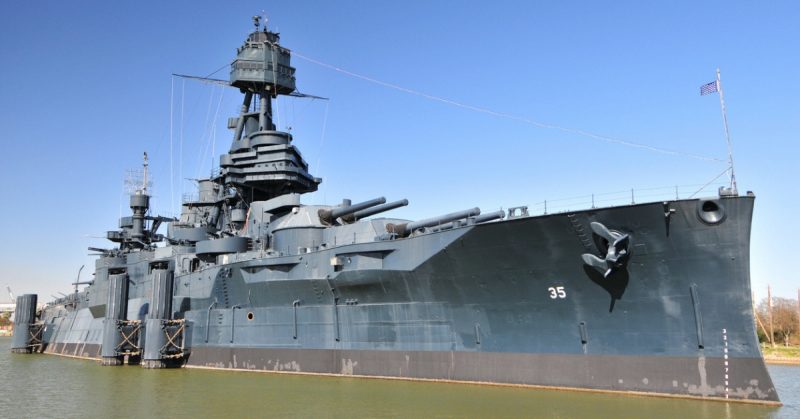I come from a family with a seafaring tradition and although it skipped my direct branch because my father preferred khaki to blue in 1939 I have retained a longstanding love of ships and the sea. While many of the Seaforth books I have enjoyed offered a nostalgia trip to the salad days of the Royal Navy, this latest offering is a different prospect altogether.
Naval historian Bruce Taylor has gathered together a posse of colleagues to tell the story of the battleship age through the clever device of having each of them describe the life of a ship from all the countries who can claim to have one in service. This infuses the strongest degree of diversity throughout the project while opening a window on many vessels I had not previously considered.
The book takes us from the Chinese turret ship Chen Yuen, launched in 1882, through to the mighty USS Missouri of 1944. Along the way we see some well-known capital ships including the Slava, Georgios Averof, the Yavuz Sultan Selim, the Sverige, Hood, Nagato and the Scharnhorst.
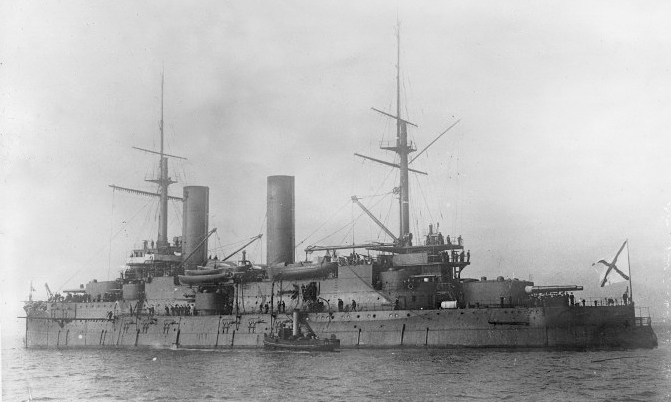
Ships from Argentina, France, Norway, Denmark, Brazil, The Netherlands, Austria-Hungary, Australia, Chile, Spain, Finland and Italy complete an impressive package.
While all the chapters conform to a specific model, the individuality of the ships, their histories and the authors shine through. The attention to detail and quality of the writing is first rate. This is a book for experts and casual visitors like myself who love this period of world history.
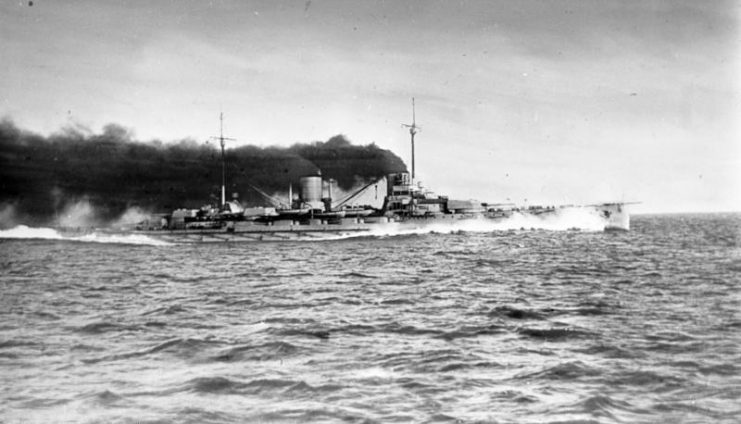
The chosen vessels represent important aspects of national identity and the story of a particular country’s naval traditions. Some of the ships went down in combat while others suffered the ignominy of loss through to accidents. Others served out their time and went to the scrapyard having never fired a shot in anger. But they are all important vessels for myriad reasons revealed by writers who seem imbued in stories of the world’s nations.
I was struck by how often the ships seemed to carry the hopes of their nation with them and this connection is tangible in many of the chapters. In the case of China the Chen Yuen fell under the control of the Japanese adding an aspect to a life going far beyond the importance of the ship itself. The coastal battleships of Norway and Denmark suffered the slings and arrows of German action while the hapless Iéna was destroyed by fire while undergoing work in a French shipyard.
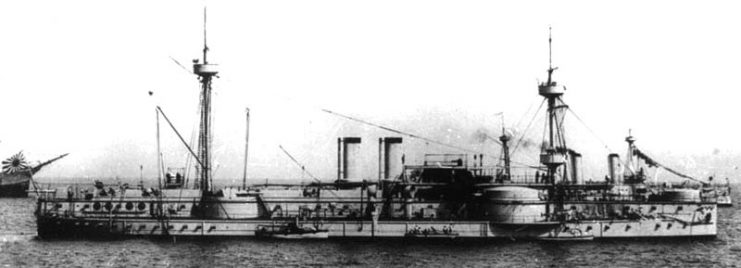
While the ships, themselves, are at the heart of each chapter, there is much to learn about the policies of the countries involved along with the naval architects and shipbuilders who saw through their construction.
The service life of each ship brings us notable naval personnel from admirals to stokers, including some men involved in mutinies over working conditions or wider political issues. My point is; there is much more on offer here than bunting and rivet counting.
The archive photography is outstanding, reflecting the quality I’ve come to admire from this publisher. Each chapter is a delight. While I might be expected to be drawn to HMS Hood (I was!), it is the history of the other vessels that really appeals to me.
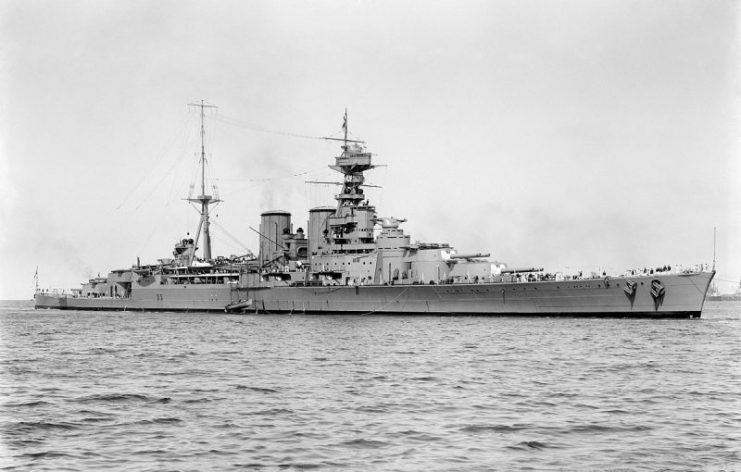
I was particularly interested in the Sverige for the simple reason of having handled glass plate images of her visit to the UK during the early 1920s, while the Turkish battlecruiser Yavuz Sultan Selim, the former SMS Goeben remains a fixture of national pride in Turkey equally as strong as memories of HMS Hood here in Britain.
It seems fitting that the book ends with the Missouri, a ship that saw action during a new era of warfare long after the battleship age had passed.
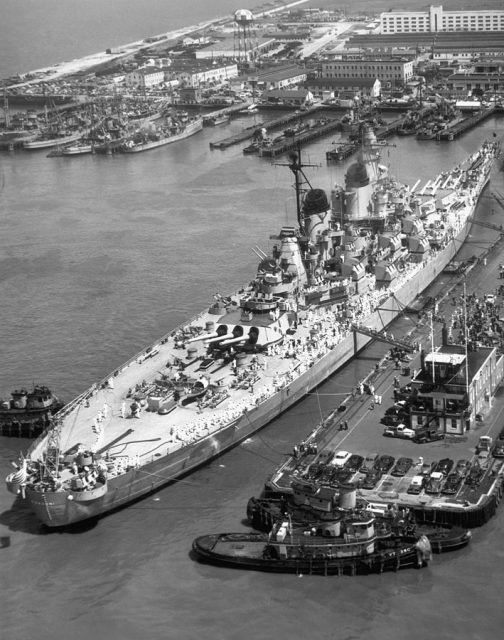
This book is no overnight concoction dreamed up at a publisher’s blue-sky meeting to hit the lucrative Christmas wants lists of bathtub admirals. It is the subject of a protracted period of meticulous writing and editing that shines out from every page.
If you are interested in the great capital ships, the people who desired them and gave them life, this book has everything you need. It is an absolute gem and I will be dipping back into it for a considerable time to come.
Review by Mark Barnes for War History Online
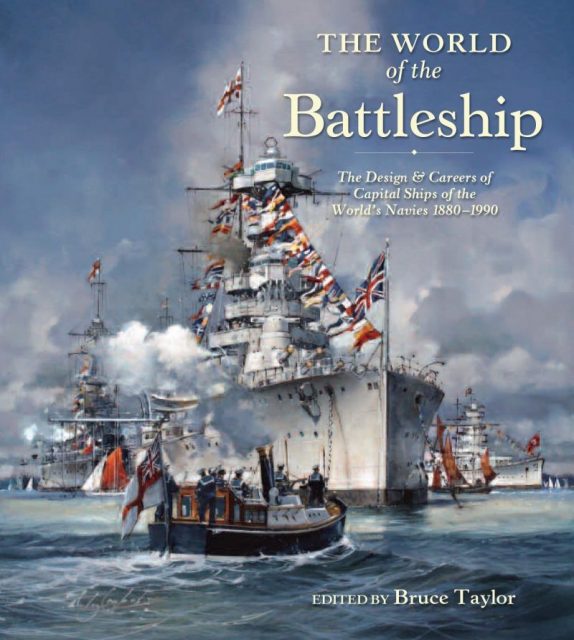
THE WORLD OF THE BATTLESHIP
The Design & Careers of Capital Ships of the World’s Navies 1880-1990
Edited by Bruce Taylor
Seaforth Publishing
ISBN: 978 1 84832 178 6
